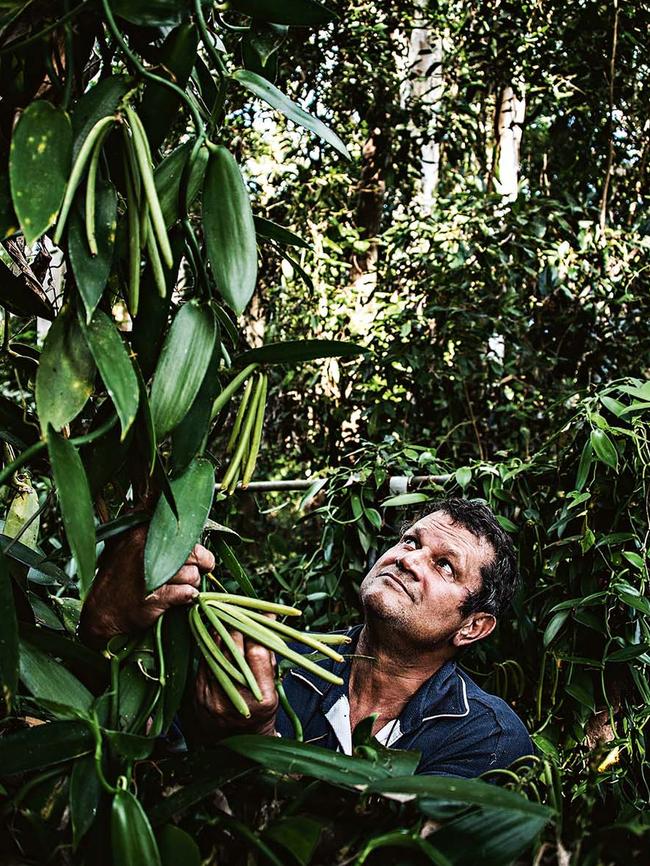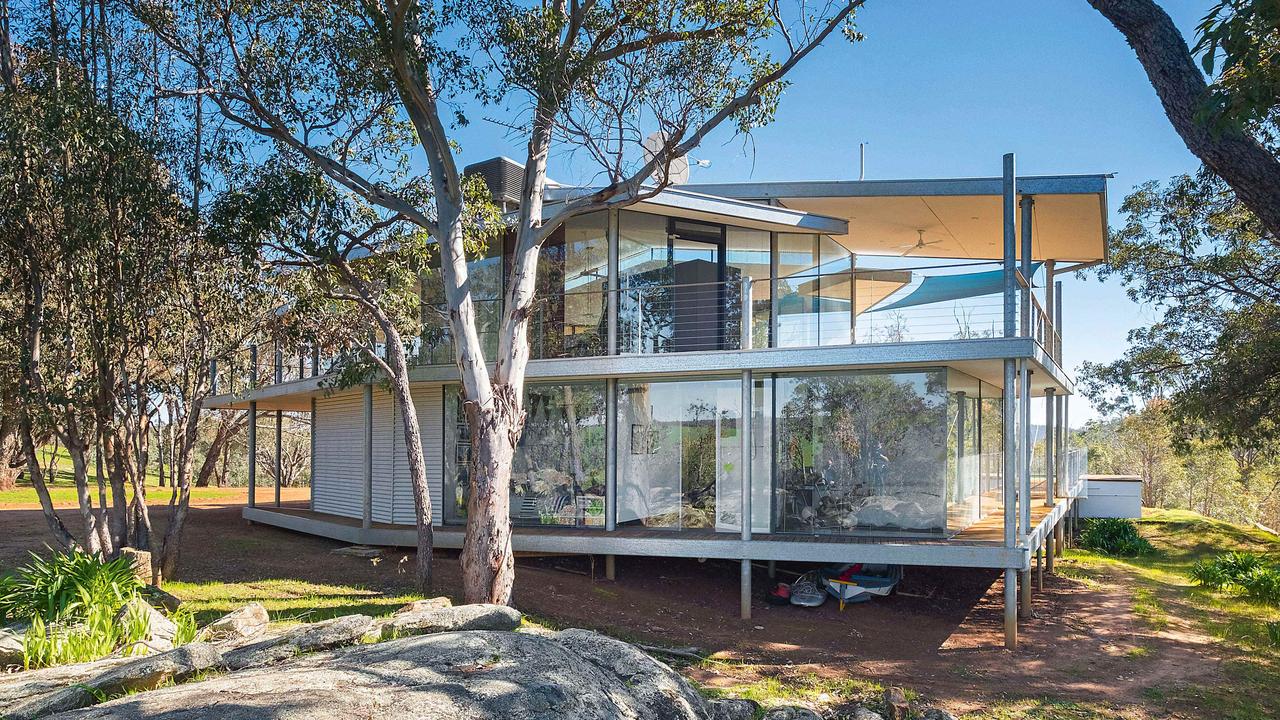The new breed of Aussie farmers
Who knew we grew dates in the desert? Saffron in Tassie? These are the farmers of the new millennium.
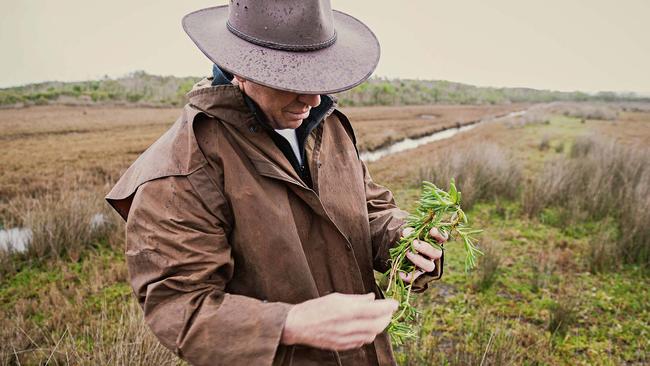
Australia produces an abundance of food, but these days the system rests on fragile foundations. Many of our soils are eroding and degrading, supermarkets are squeezing farmers on price, consumption of cheap, highly processed food soars, imports continue to flood the market, and each year we lose thousands of hectares of farmland to resource development and suburban sprawl.
Yet there is a bright side to this story. All over Australia, women and men are creating a better, more transparent food and farming system. A new breed of regenerative farmer is breaking with convention after generations of conforming to the industrial status quo. New farmers, young and old, are heading to the land to test and refine progressive processes and revive lost varieties and skills.
Artisan producers are value-adding to our volumes of fresh produce and finding success locally and internationally.
Increasingly, food provenance is a factor influencing purchasing decisions. Consumers are starting to pay attention en masse; it’s a reawakening to the value of quality food, locally produced, and the importance of the people who grow or make it. Here are just some of our local heroes.
Edited extract from The Field Guide to Australian Produce by Ewan McEoin (Thames & Hudson, $60), out September 1.
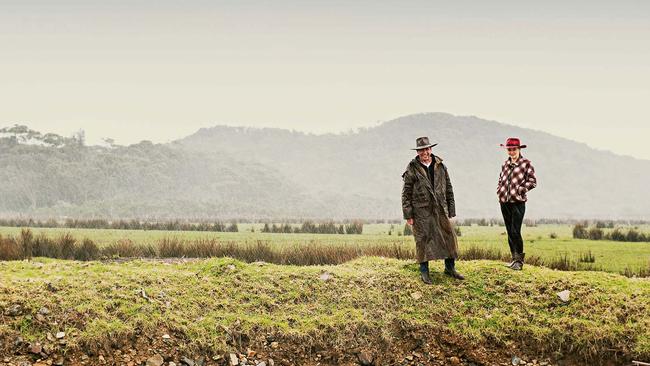
SEAWEED & SAMPHIRE
NEWMERELLA, VIC
It may look like a lump of wet weed to the uninitiated, but it is prized by chefs - and it has led Andrew and Gabi French to pioneer a niche industry in Australia. For years, Andrew had tried to protect their riverside pastures at Newmerella, Victoria from being flooded with salty water from the Snowy River estuary. Then, noticing native saltwater weeds and vegetables - including the rare asparagus-like samphire - growing on the property, he had a clever idea: he’d use the river tides to direct salt water onto the land, encouraging the plants to flourish. The pair are now among the world’s leading producers of samphire, fern-like sea spray and beach bananas, a juicy succulent. Cultivation is natural and no chemicals are used. “At Snowy River Station diversity is the key - we own some farms in the mountains as well as on the coast,” says Andrew. “We try to focus on each place independently, look at the environment and find a niche market or produce that it suits.”
snowyriverstation.com.au
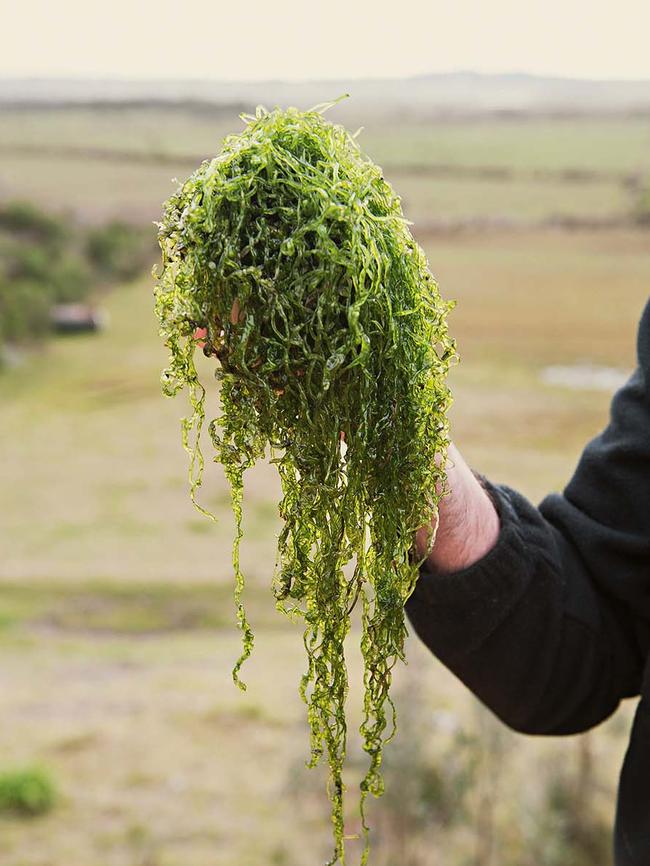
MUSHROOMS
BOWRAL, NSW
A 19th century railway tunnel that once connected the NSW Southern Highlands towns of Bowral and Mittagong is the unlikely birthplace of what are arguably the best Asian mushrooms grown in the country. Microbiologist Noel Arrold began harvesting mushrooms in 1987 and after overcoming the initial challenges of growing Japanese and Chinese varieties such as woodear, shiitake, enoki, shimeji and even nameko (which supposedly cannot be grown outside Japan), he has built up the best name in the business for fresh, top-quality, exotic mushies. The damp, cool, dim conditions of the tunnel, which has been used for growing mushrooms since the 1950s, mimic those of a northern Asian forest floor, where some of the mushroom varieties thrive. Others, such as enoki, chestnut and oyster mushrooms, are grown in climate-controlled rooms back at the Li Sun Exotic Mushroom Farm lab in Bowral.
li-sunexoticmushrooms.com.au
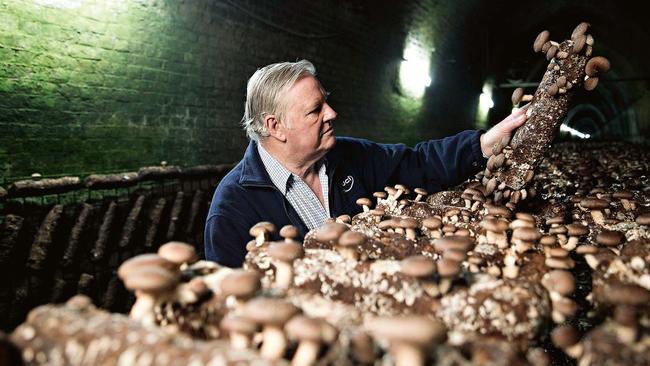
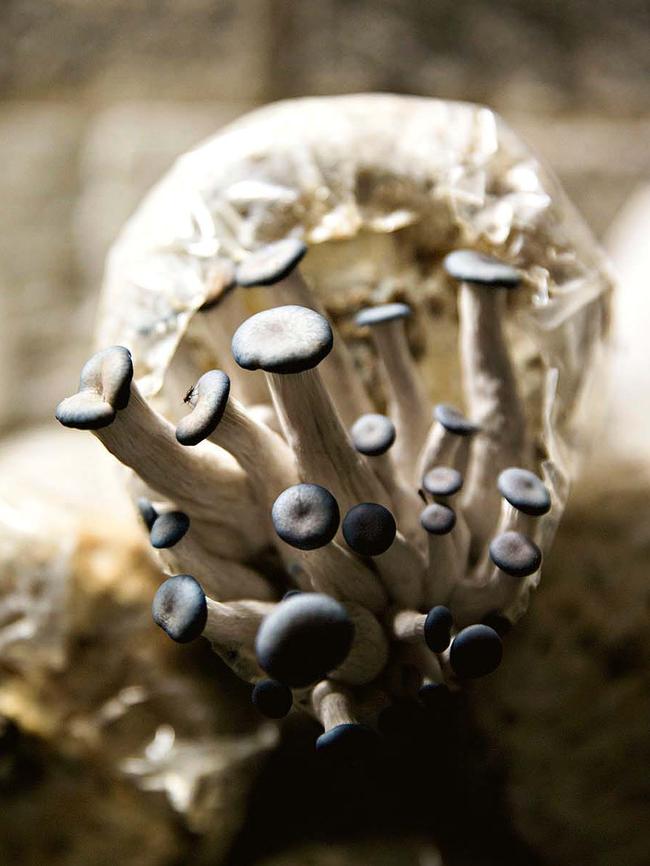
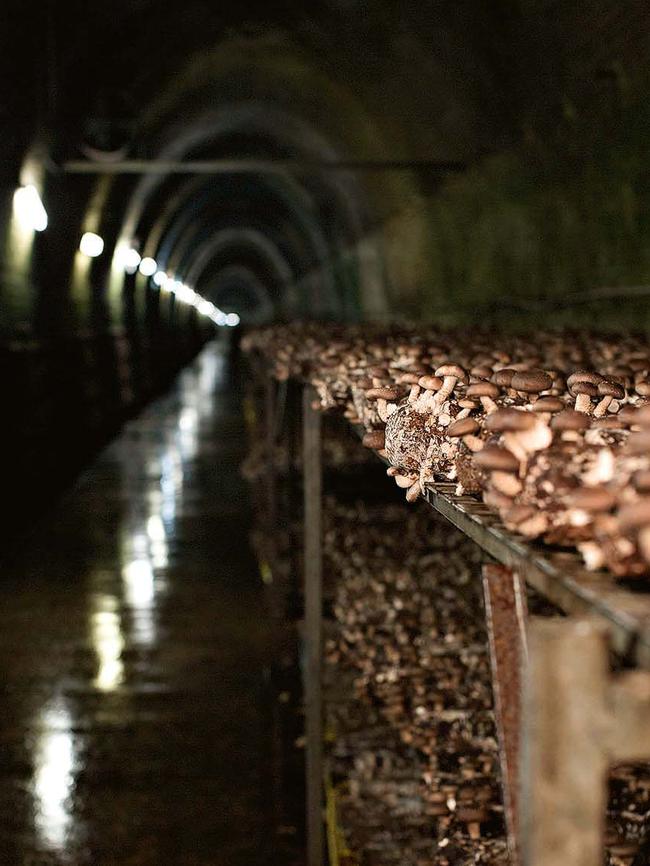
DAIRY
MEADOWS, SA
Ulli and Helmust Spranz dreamt of raising their children on a farm that operated on biodynamic and organic principles. So in 1988, the German couple migrated to Australia to make it happen. Their biodynamic dairy farm in the Adelaide Hills has gone from strength to strength and the award-winning B.-d. Farm Paris Creek milks, cheeses, yoghurts and quark are sought after by chefs and consumers. “Our philosophy is to keep our products totally natural,” says Ulli. “We avoid the use of artificial colours and flavours; no GM and no homogenisation. All of our products are produced from real milk from grass-fed, free ranging cows and using gentle processing methods.”
bdfarmpariscreek.com.au
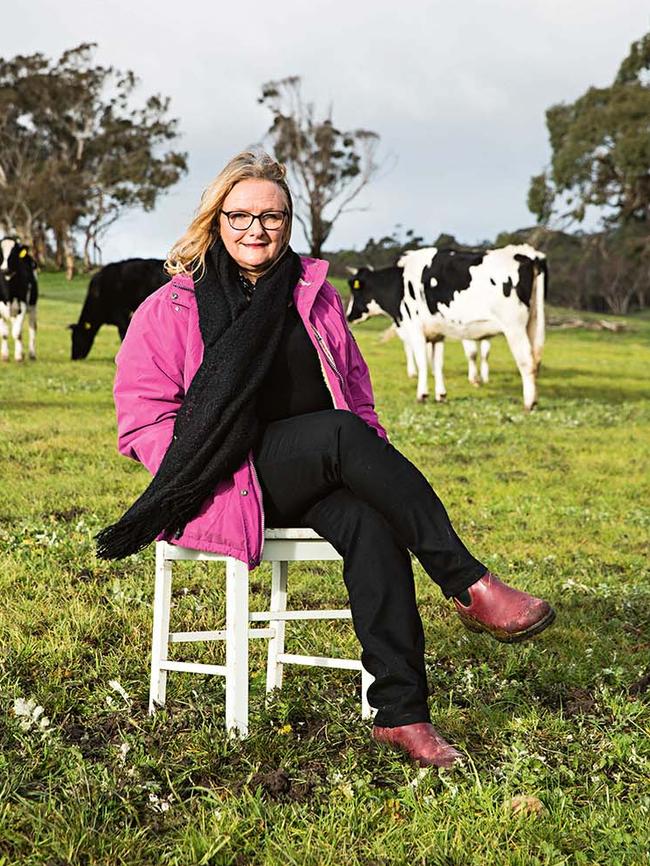
CHOCOLATE
MARGARET RIVER, WA
Former winemaker Josh Bahen always disliked chocolate, but he had an epiphany when a friend sent him a single-origin, stoneground chocolate bar. The complex, fruity flavour was a revelation and it set Josh off around the globe in search of old-world cocoa beans. He established direct links with growers from Madagascar, Papua New Guinea and the Solomon Islands, ensuring a fair price for the beans and transparency at every stage of production. “Having the ability to work with beans that come direct from the farm gate is a great privilege,” says Josh, who set up the Bahen & Co factory with his wife Jacqui on their farm in Margaret River. A 1930s device is used to roast the beans and a c.1910 machine grinds the cacao nibs into a paste. This approach preserves the flavours in a way that 21st century equipment can’t. Josh says he is proud to “communicate the farmers’ stories directly to the people who taste our bars”.
bahenchocolate.com
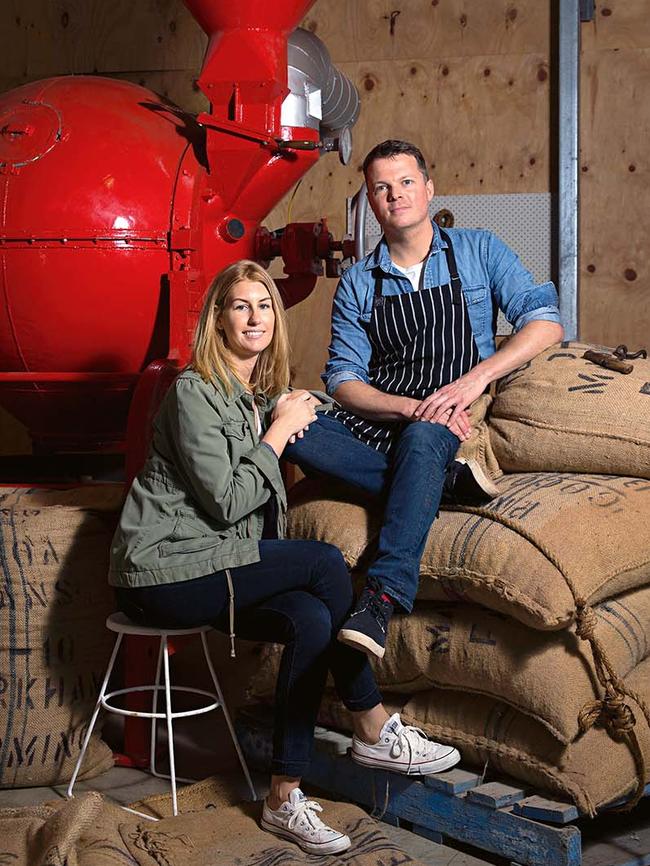
SAFFRON
GLAZIERS BAY, TAS
In the picturesque setting of Glaziers Bay in Tasmania, Terry and Nicky Noonan grow and harvest one of the most valuable food commodities on Earth: the delicate stigma of the crocus flower, aka saffron. In season, hectares of purple flowers carpet the rolling hills by the bay. “The greatest challenge in building our business was acclimatising the corms [bulbs] from the northern hemisphere to the southern hemisphere,” says Nicky.
“It took two and a half years to produce the first flower on Australian soil.” After 20 years, demand is strong and Tas-Saff has built a large network of growers along with a strong and loyal community of local workers.
tas-saff.com.au
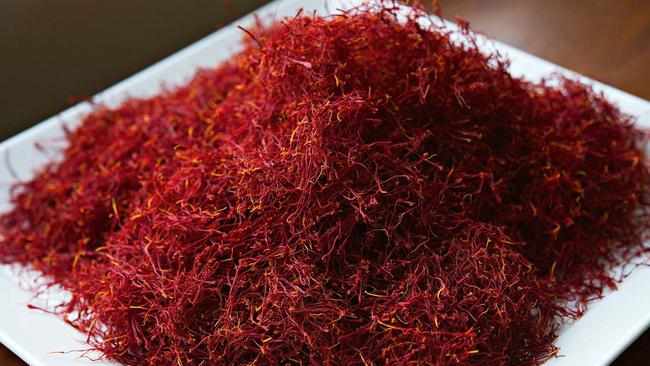
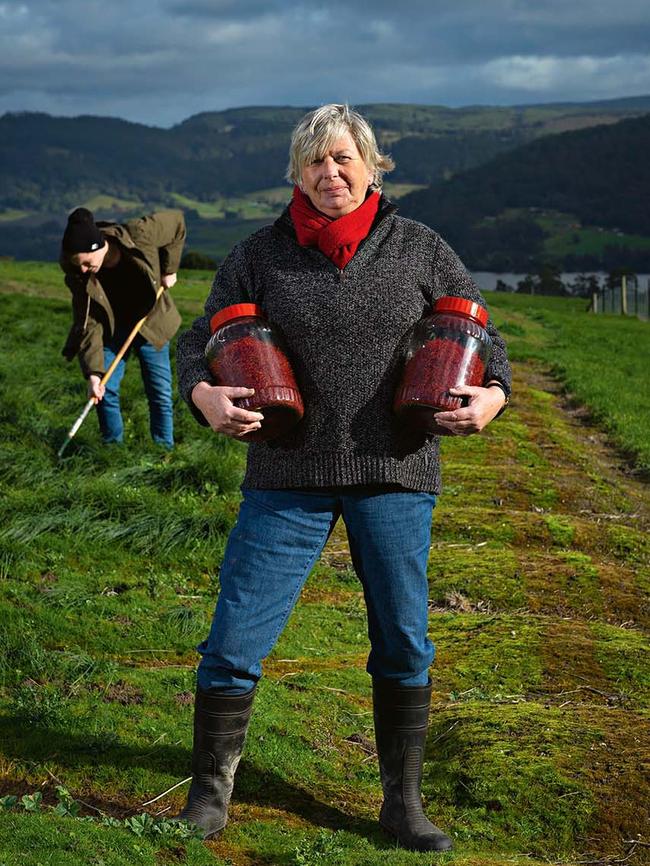
DATES
DEEPWELL, NT
Growing 12 varieties of dates in the red sand of the Simpson Desert isn’t for the faint-hearted. In scorching heat, the workers here at The Desert Fruit Company’s orchard in Deepwell, about 70km southeast of Alice Springs, spend hour after hour in cherry pickers attending to the palms, which need intensive care to produce quality fruit.
Established by Dave Berrick, the farm is run via the seven-member Tamara Co-operative, which uses organic and biological fertilisers and pest controls and runs its machinery on renewable resources. Says farm manager Ben Wall: “Each member came to the farm with a strong connection to Central Australia and a desire to learn how to grow food and create a home in the desert.”
desertfruitcompany.com.au
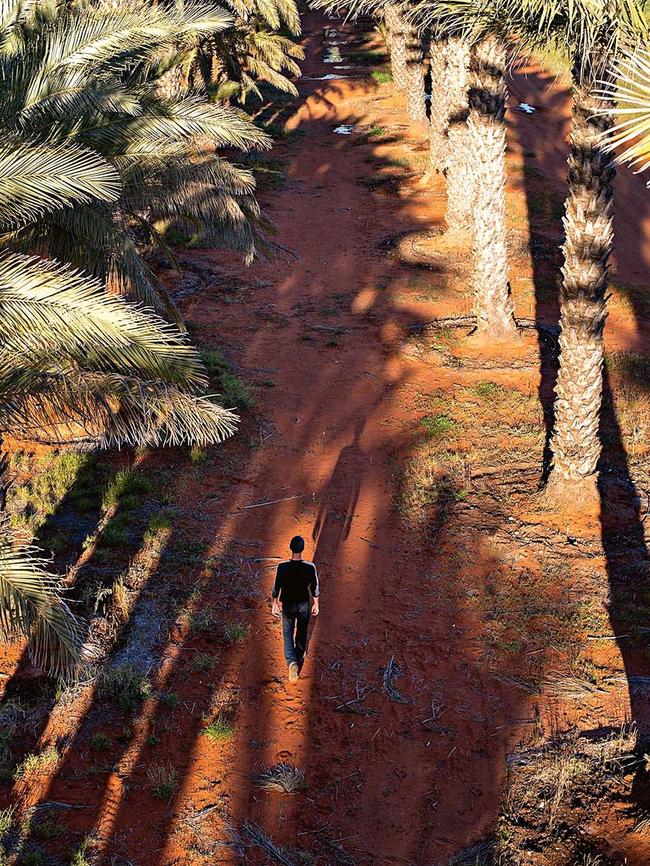
VANILLA
COW BAY, QLD
Only the most patient and dedicated farmer would grow vanilla. The flowers open for just a few hours a day during pollination season, when they must be painstakingly hand-pollinated one by one. Later, the beans are harvested by hand before being blanched, fermented and cured. It’s a process that takes many months, but George Gonthier and his wife Josette are up for it. On their picturesque farm at Cow Bay in Far North Queensland they produce the country’s finest cinnamon and vanilla, working with the University of Western Sydney to perfect their methods. Demand for Daintree Vanilla & Spice products continues to grow; Maggie Beer is a big fan of their cinnamon. “When cinnamon comes from overseas, they use a process where the bark is smoked,” says George. “We don’t do that, so our cinnamon has a different flavour.
It’s fresher and tastier.”
daintreevanilla.com
